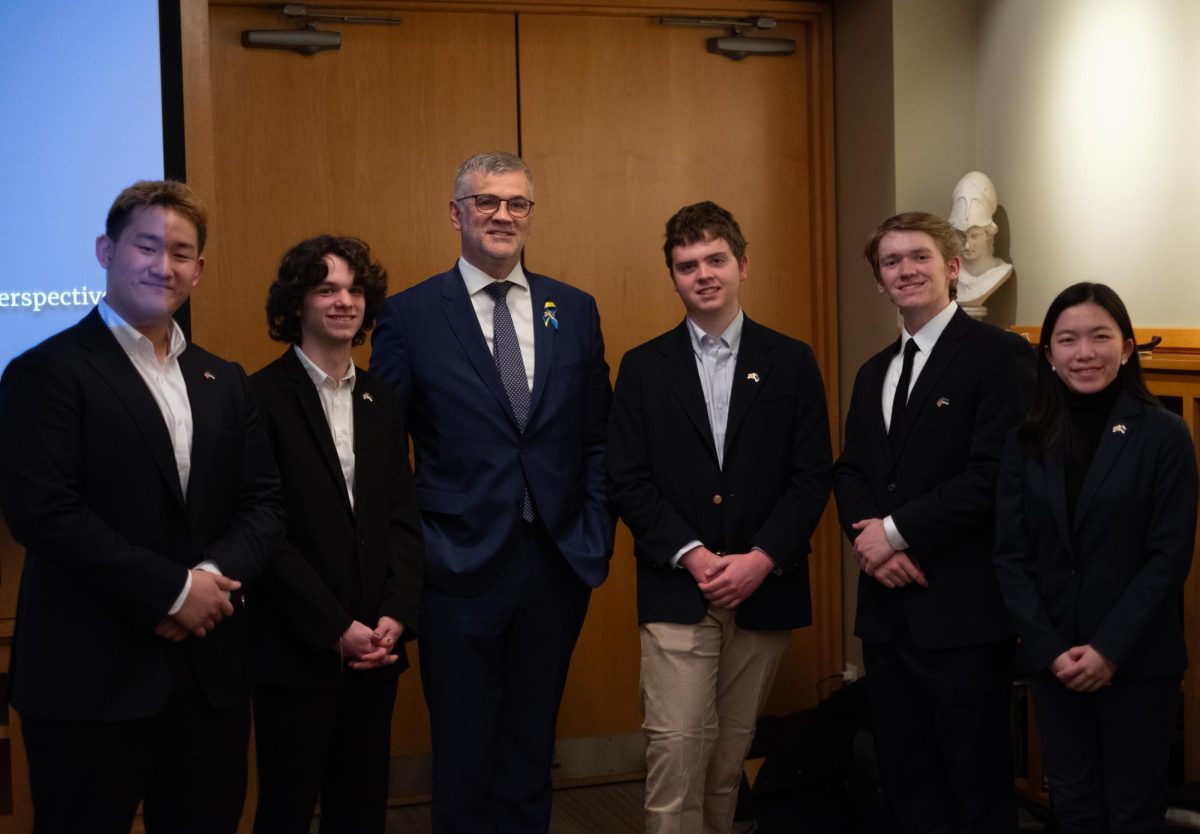Part of what makes a Studio Ghibli film so magical is Hayao Miyazaki’s love of flight, using his fluid animation to render beautiful scenes of his characters taking to the air. How these characters fly, however, is never the same from movie to movie: the way Porco elegantly carves the skies with his red airplane in “Porco Rosso” is vastly different from how a serpentine dragon twists and stirs up the wind in “Spirited Away.” How these characters navigate the clouds is a way to further illustrate who they are, and the film that perhaps most embodies this principle (of the Miyazakis I’ve seen as of writing) is “Kiki’s Delivery Service,” the story of a young witch (Minami Takayama) preparing for a year of independent living. Kiki is very green, but before she departs, she talks highly of herself and is eager to show everyone just how capable she is. Once we finally see her fly, she chaotically hits several trees as she gets higher into the air: this clumsiness, undercutting her previously confident exterior, foreshadows the film’s events to come.
Kiki finds herself in an oceanside town, taking up residence in a bakery and, eventually, discovering how she can make her living here: using her magic broom to help people make deliveries. There were points when watching when I thought this concept would lend better to an episodic series rather than a film, given that each individual delivery is treated as isolated from the others, despite presenting altogether different obstacles in each. We even have a lovable talking animal sidekick in the form of Jiji (Rei Sakuma), Kiki’s sardonic black cat familiar, and a possible love interest in the dorky Tombo (Kappei Yamaguchi), a local boy from the town similarly fascinated with flying. And, with all these ingredients, there you have it: Kiki’s Delivery Service, Wednesdays at 6, 7 Central.
What ties these individual “episodes” together is a study of Kiki’s changing psyche. “Kiki’s Delivery Service” may not be driven by character action so much as it spins its wheels on the emotional core of its bildungsroman. Kiki is away from home, her family, friends and, basically, everything she’s ever known. Even Jiji begins increasingly ditching her in favor of seeing his pampered cat girlfriend. Back home, she was confident in herself; here, she is uneasy, lonely and struggling with feelings of sadness for the first time. Like her clumsy takeoff in the film’s beginning, Kiki has a hard time finding her footing in this new city, and this frustrates her to no end. On top of all this, she discovers the contradictory nature of her shyness. With Tombo, she warms up and wants his friendship; however, she’s often stopped by her underconfidence. The sort of outgoing, extroverted Kiki we meet in the film’s beginning is eclipsed by an awkward social fledgling in the big city. There’s a great scene where she flops onto her bed, lamenting the fact that she can’t summon up her usual charm in this new place.
What’s worse is that Kiki’s magical abilities begin to fade. She can no longer understand Jiji, and she can’t use her broom anymore. The sort of softness of the film’s magic system makes the stakes especially high here. Could Kiki lose her abilities — and, if she does, what will she do then? And, of course, the more she worries about her powers being lost, the faster they seem to disappear on her. She tries in vain to get her broom off the ground several times, punctuated by the inevitable “thunk” of it falling to the ground with each attempt. Miyazaki pulls off a great magic trick in this film: he summons empathetic commentary on mental health from this whimsical animated adventure, like pulling a rabbit from a hat. Kiki begins the film ready for anything, only to discover that the world is much larger and scarier than she expects initially. Not everything comes easily to her — and what’s worse, she’s stumbling on the stuff she thought she knew so well. The appeal of the story is our protagonist’s empathetic nature . People of all ages can connect to her struggles in finding her place, footing and selfs… especially college students at a liberal arts institution attempting to figure out where they fit in the grand scheme of things — even if not all of them have access to a flying broom (at least, of those that I’ve met).
Given how much my fellow students released a sympathetic “aww” to each awkward step of her journey, it seems many people still find a connection to this fantastical story. But worry not, “Kiki’s” offers two good solutions to the whole stress thing. The one the film pushes overtly is giving grace to yourself, taking time to decompress, detach and regroup. To “go look at a tree,” as one of my scene shop supervisors loves to say. The other solution, presented more in the film’s tone than its script, is laughter; the comedy of “Kiki’s Delivery Service” was my favorite part. The comedy’s impact is especially impressive considering that the film has been translated: everything from Jiji’s sarcastic comments to an old woman trying to see if she can fly with Kiki’s broom hits incredibly well. Part of rediscovering the magic in yourself, in the world and in the things you love doing is taking a moment to find what’s funny. Humor is the closest thing we have to magic. You might not be able to turn a person into a frog in real life, but you can use laughter to transform a bad day into a good one. “Kiki’s Delivery Service” is far from Miyazaki’s most poignant film, but it doubles down on its whimsy and ability to make you smile. If you’re stress eating from DoorDash, tune into this one to get something else delivered to you for a change.
Rating: 3.5/5









